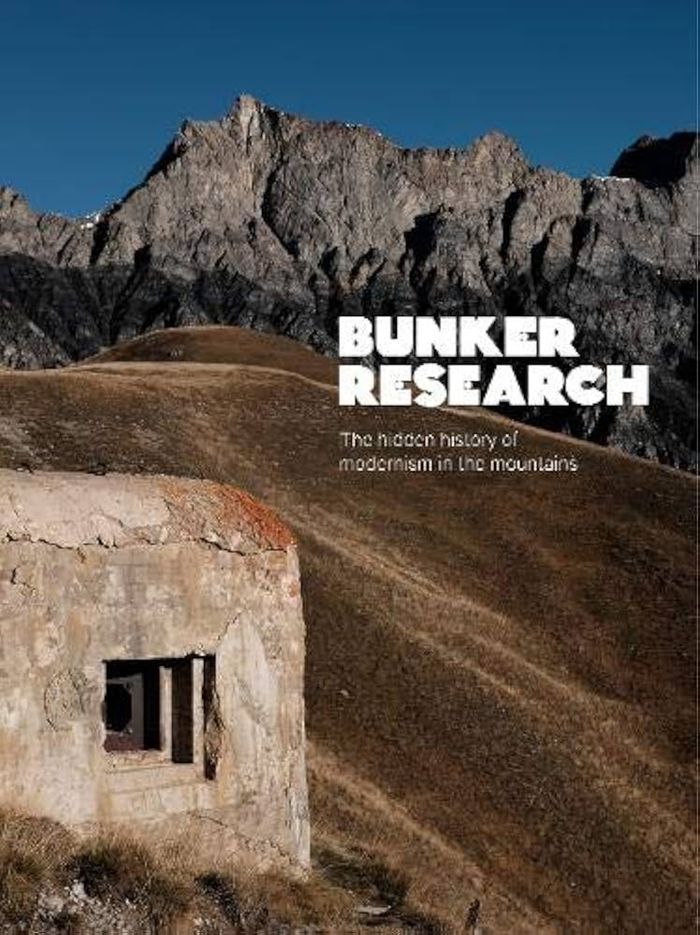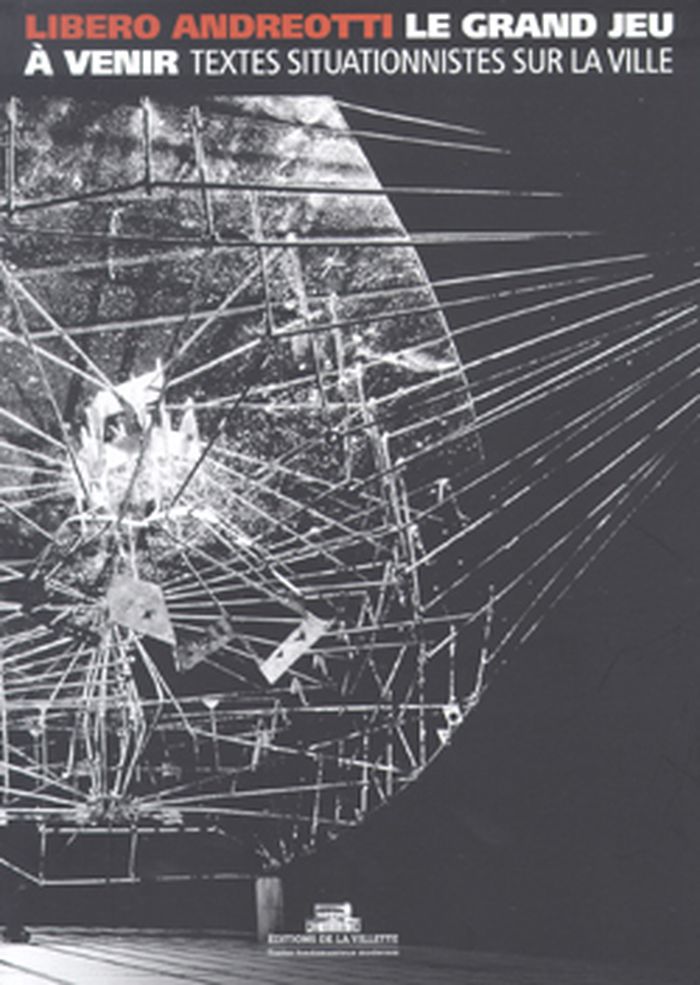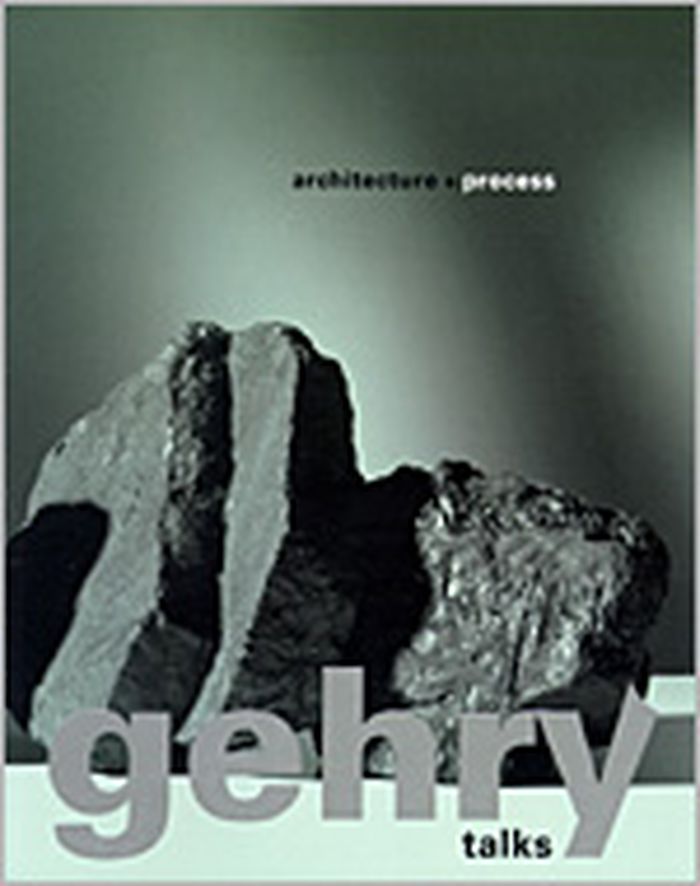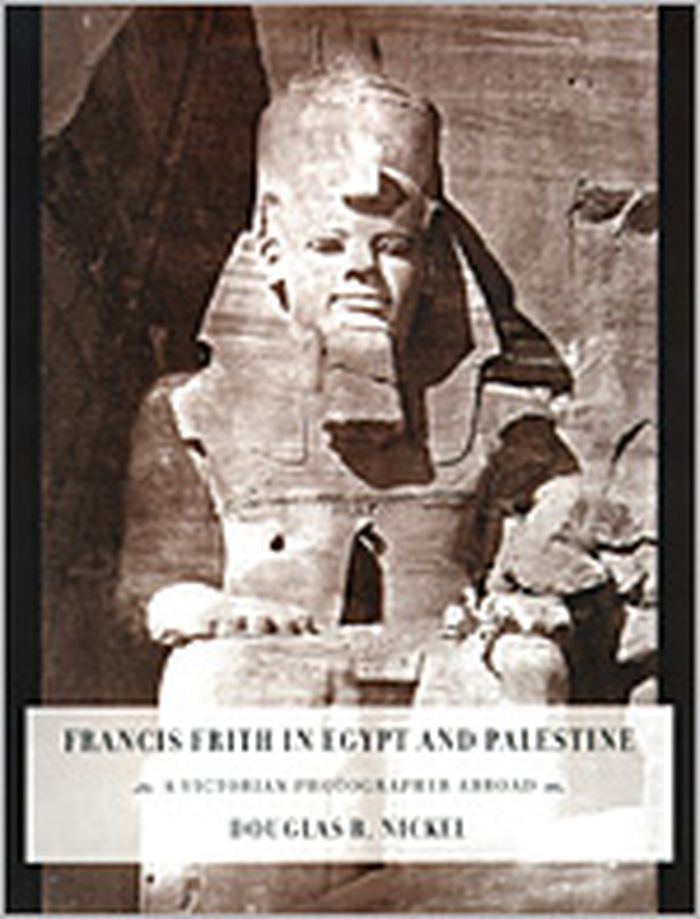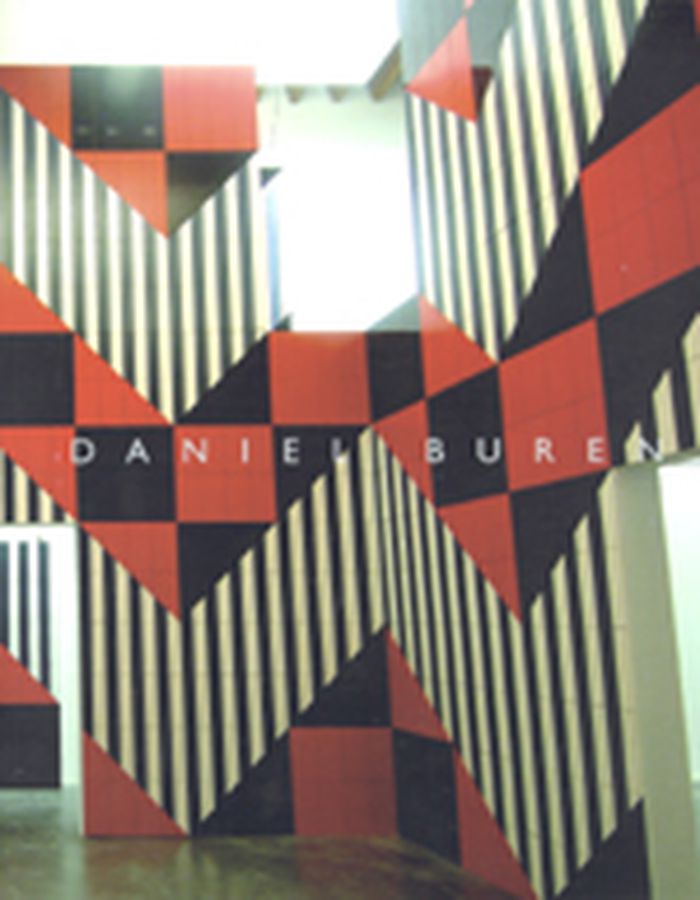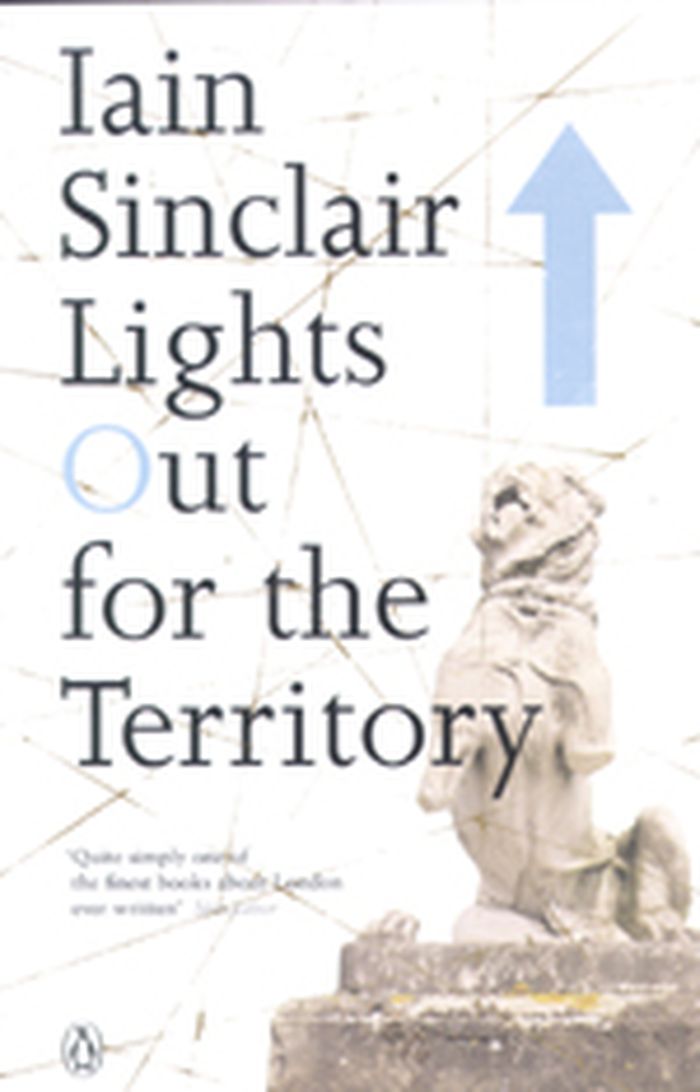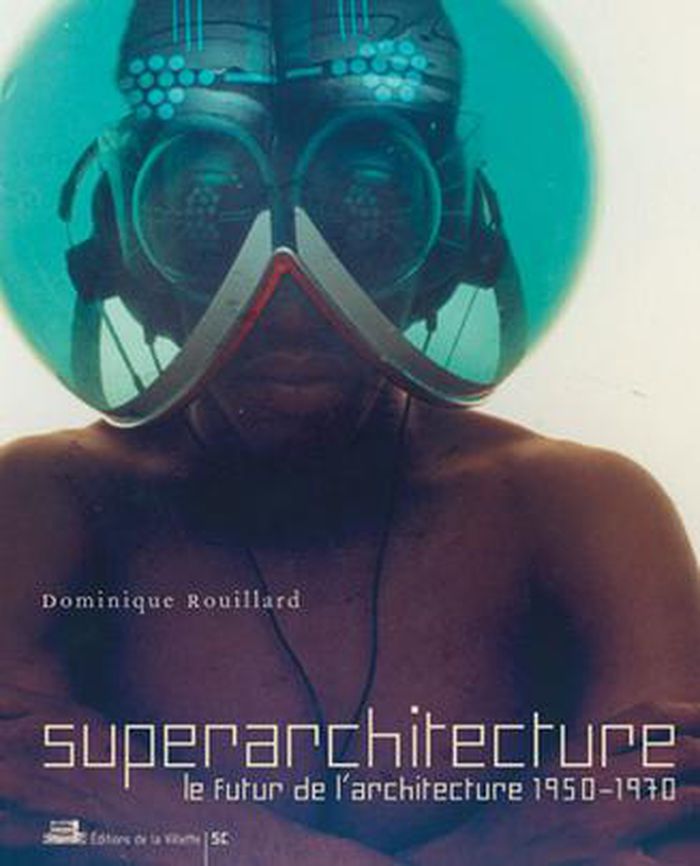$60.00
(available in store)
Summary:
In southern France, high above the villas and the pleasure palaces of the Côte d’Azur, there is the Alpine Extension of the Maginot Line. These little-known fortifications were built before the Second World War to protect France from Mussolini. But nobody has successfully invaded over the Alps since Napoleon, and things didn’t quite turn out as the French(...)
Bunker research: the hidden history of modernism in the mountains
Actions:
Price:
$60.00
(available in store)
Summary:
In southern France, high above the villas and the pleasure palaces of the Côte d’Azur, there is the Alpine Extension of the Maginot Line. These little-known fortifications were built before the Second World War to protect France from Mussolini. But nobody has successfully invaded over the Alps since Napoleon, and things didn’t quite turn out as the French expected. Now, the bunkers are marooned, forlorn and crumbling, in some of the most beautiful and remote parts of France. They are disappearing into the landscapes they once commanded, stray facts from a future passed, still waiting for an onslaught that never came.
books
$59.00
(available to order)
Summary:
In Eugenic Design, Christina Cogdell charts new territory in the history of industrial design, popular science, and American culture in the 1930s by uncovering the links between streamline design and eugenics, the pseudoscientific belief that the best human traits could be cultivated through selective breeding. Streamline designers approached products the same way(...)
Eugenic design: streamlining America in the 1903's
Actions:
Price:
$59.00
(available to order)
Summary:
In Eugenic Design, Christina Cogdell charts new territory in the history of industrial design, popular science, and American culture in the 1930s by uncovering the links between streamline design and eugenics, the pseudoscientific belief that the best human traits could be cultivated through selective breeding. Streamline designers approached products the same way eugenicists approached bodies.
books
January 1900
Current Exhibitions
$56.95
(available in store)
Summary:
Parmi les stigmatisations formulées par l'Internationale situationniste, l'urbanisme occupe une place spécifique en tant que forme spatiale de domination de la marchandise ou comme décor naturel du capitalisme. Ses diatribes et attaques constituent une véritable déclaration de guerre contre l'idéologie dominante du fonctionnalisme et du modernisme, entendue comme voie(...)
February 2008, Paris
Le grand jeu à venir: textes situationnistes sur la ville
Actions:
Price:
$56.95
(available in store)
Summary:
Parmi les stigmatisations formulées par l'Internationale situationniste, l'urbanisme occupe une place spécifique en tant que forme spatiale de domination de la marchandise ou comme décor naturel du capitalisme. Ses diatribes et attaques constituent une véritable déclaration de guerre contre l'idéologie dominante du fonctionnalisme et du modernisme, entendue comme voie royale du progrès économique et social. Nulle part mieux que dans les transformations de l'art de bâtir, la prégnance de cette nouvelle doxa n'est manifeste. En dépit de quelques travestissements culturels, l'architecture renoue avec sa fonction politique d'inscrire la division de la société dans l'espace, imposant à chaque classe sociale sa place.
$42.00
(available to order)
Summary:
Documenting Gehry's work from 1988 to the present, this book traces his evolution from a Southern California architect known for his idiosyncratic use of materials to an international figure who has redefined modernism with his sculpturally expressionistic work.
December 2002, New York
Gehry talks : architecture + process
Actions:
Price:
$42.00
(available to order)
Summary:
Documenting Gehry's work from 1988 to the present, this book traces his evolution from a Southern California architect known for his idiosyncratic use of materials to an international figure who has redefined modernism with his sculpturally expressionistic work.
$84.50
(available to order)
Summary:
In 1856, the English photographer Francis Frith set out on the first of three tours of Egypt and the Holy Lands. Traveling up the Nile and then on to the Sinai, Palestine, Syria, and Lebanon, Frith systematically crafted exquisite pictures of ruins, landscapes, and legendary sites. He then published his views in England and America in a variety of formats, becoming(...)
January 2004, Princeton
Francis Frith in Egypt and Palestine : a Victorian photographer abroad
Actions:
Price:
$84.50
(available to order)
Summary:
In 1856, the English photographer Francis Frith set out on the first of three tours of Egypt and the Holy Lands. Traveling up the Nile and then on to the Sinai, Palestine, Syria, and Lebanon, Frith systematically crafted exquisite pictures of ruins, landscapes, and legendary sites. He then published his views in England and America in a variety of formats, becoming something of a celebrity in photographic circles. This book, the first to place Frith's Egyptian and Levantine images in cultural context, reveals the distinct meanings these ostensibly "topographic" pictures held for the photographer and his Victorian audience. A Quaker by birth and an entrepreneur by nature, Frith brought to his photographic projects a sense of mission: to revive and confirm the stories of the Bible, while offering the region to armchair travelers as a seamless Oriental milieu of Romantic reverie. Francis Frith in Egypt and Palestine narrates the political, intellectual, and social concerns that make Frith representative of England's encounter with the East in the nineteenth century. Historian of photography Douglas R. Nickel brings a sophisticated interdisciplinary approach to bear on the subject in order to expose the complexity of Frith's image-making, setting the photographs against a Victorian backdrop of religious debate, imperialist thought, Romantic philosophy, and Pre-Raphaelite aesthetics.
Daniel Buren
$36.00
(available in store)
Summary:
This volume collects recent works by the French conceptualist known for his site specific installations involving stripes--on land, air and sea. From New York's Guggenheim Museum to Beijing's Temple of Heaven, the Venice Architecture Biennale and the gardens of Versaille, Buren's interventions create amazing complex appropriated spatial structures.
March 2008, London
Daniel Buren
Actions:
Price:
$36.00
(available in store)
Summary:
This volume collects recent works by the French conceptualist known for his site specific installations involving stripes--on land, air and sea. From New York's Guggenheim Museum to Beijing's Temple of Heaven, the Venice Architecture Biennale and the gardens of Versaille, Buren's interventions create amazing complex appropriated spatial structures.
Lights out for the territory
$20.00
(available to order)
Summary:
Walking the streets of London Iain Sinclair traces nine routes across the territory of the capital. Connecting people and places, redrawing boundaries both ancient and modern, reading obscure signs and divining hidden patterns, Sinclair creates a fluid snapshot of the city. In "Lights Out for the Territory" he gives us a daring, provocative, enlightening, disturbing and(...)
October 2003, London, New York
Lights out for the territory
Actions:
Price:
$20.00
(available to order)
Summary:
Walking the streets of London Iain Sinclair traces nine routes across the territory of the capital. Connecting people and places, redrawing boundaries both ancient and modern, reading obscure signs and divining hidden patterns, Sinclair creates a fluid snapshot of the city. In "Lights Out for the Territory" he gives us a daring, provocative, enlightening, disturbing and utterly unique picture of modern urban life. And in the process he reveals the dark underbelly of a London many of us did not know existed.
books
$26.95
(available to order)
Summary:
Dans "L'architecture au féminin", Annmarie Adams et Peta Tancred dressent un portrait de l'ensemble des architectes canadiennes, depuis leur entrée dans la profession durant les années 1920 jusqu'aux années 1990. Elles soulignent le parcours de plusieurs de ces femmes architectes, en illustrant comment certaines mettent en question les pratiques traditionnelles tandis que(...)
April 2002, Montréal
L'architecture au féminin : une profession à redéfinir
Actions:
Price:
$26.95
(available to order)
Summary:
Dans "L'architecture au féminin", Annmarie Adams et Peta Tancred dressent un portrait de l'ensemble des architectes canadiennes, depuis leur entrée dans la profession durant les années 1920 jusqu'aux années 1990. Elles soulignent le parcours de plusieurs de ces femmes architectes, en illustrant comment certaines mettent en question les pratiques traditionnelles tandis que d'autres cherchent à élargir le domaine de l'architecture. En s'appuyant sur des documents originaux, incluant des données inédites, des dessins d'architectes, des projets réalisés et des entrevues, les auteures réfutent les idées reçues au sujet du rôle marginal dévolu aux femmes architectes. Elles révèlent comment plusieurs d'entre elles, notamment les Québécoises durant les années 1960, ont participé à la réalisation de projets d'envergure. Elles montrent enfin que, si la profession a souvent cherché à contenir l'apport des femmes architectes dans des limites étroites, celles-ci ont joué un rôle de premier plan dans le développement de l'architecture et continuent encore aujourd'hui de repousser les frontières de la profession.
books
April 2002, Montréal
$79.95
(available to order)
Summary:
La médiocrité esthétique et le fonctionnalisme primaire de la reconstruction post 1945 sécrète une crise durable qui affecte l’architecture et l’urbanisme dans l’ensemble du monde occidental. A la "Cité radieuse" des années 1930 succède, au milieu du siècle, une nouvelle utopie la "Mégastructure". Hybride colossal traversant des territoires sans frontières, elle règle du(...)
October 2004, Paris
Superarchitecture : le futur de l'architecture 1950-1970
Actions:
Price:
$79.95
(available to order)
Summary:
La médiocrité esthétique et le fonctionnalisme primaire de la reconstruction post 1945 sécrète une crise durable qui affecte l’architecture et l’urbanisme dans l’ensemble du monde occidental. A la "Cité radieuse" des années 1930 succède, au milieu du siècle, une nouvelle utopie la "Mégastructure". Hybride colossal traversant des territoires sans frontières, elle règle du même élan, et l’architecture, et l’urbanisme, et les infrastructures. Mais l’engouement pour ces grandes machines sensées résoudre les problèmes à l’échelle planétaire s’émousse durant les sixties. La "Mégastructure" cède le pas à l’"Architecture radicale", ce faisant on assiste au basculement d’une approche de l’architecture dont les références sont le besoin et la construction à une autre dont les références sont l’immédiateté et la consommation, les objets mobiles et le plaisir du corps. Cette transformation correspond au passage d’une architecture conçue en terme de progrès social et de bonheur humain, à une architecture de la révélation du monde existant. Première monographie exhaustive sur la période, Superarchitecture est abondamment illustrée à l’aide d’une iconographie originale issue des archives des Smithson, d’Hollein, de Fuller, Friedman, Archigram, Price, Archizoom, Superstudio, etc. De l’utopie critique qui se dégage des projets de ces acteurs et de la puissance évocatrice de leurs dessins, les architectes contemporains comme Koolhaas, Tschumi ou MRDV se sont fortement inspirés pour construire leur univers conceptuel.
$48.95
(available to order)
Summary:
Although highly regarded during his short life--and honored by artists and architects today--the American artist Gordon Matta-Clark (1943-78) has been largely ignored within the history of art. Matta-Clark is best remembered for site-specific projects known as(...)
October 2001
Object to be destroyed : the work of Gordon Matta-Clark
Actions:
Price:
$48.95
(available to order)
Summary:
Although highly regarded during his short life--and honored by artists and architects today--the American artist Gordon Matta-Clark (1943-78) has been largely ignored within the history of art. Matta-Clark is best remembered for site-specific projects known as "building cuts." Sculptural transformations of architecture produced through direct cuts into buildings scheduled for demolition, these works now exist only as sculptural fragments, photographs, and film and video documentations. Matta-Clark is also remembered as a catalytic force in the creation of SoHo in the early 1970s. Through loft activities, site projects at the exhibition space 112 Greene Street, and his work at the restaurant Food, he participated in the production of a new social and artistic space. In this first critical account of Matta-Clark's work, Lee considers it in the context of the art of the 1970s--particularly site-specific, conceptual, and minimalist practices--and its confrontation with issues of community, property, the alienation of urban space, the "right to the city," and the ideologies of progress that have defined modern building programs.
